Cats are known for their unique sleeping habits, often clocking in anywhere from 12 to 16 hours a day. Unlike us, cats exhibit a polyphasic sleeping pattern, meaning they have multiple rest periods throughout the day. This distinctive behavior dates back to their wild ancestors, who needed to conserve energy for hunting. In this article, we’ll delve into the best sleeping spots for cats and explore the reasons behind their choices, shedding light on the fascinating world of feline biology and behavior.
The Evolution of Feline Sleeping Habits
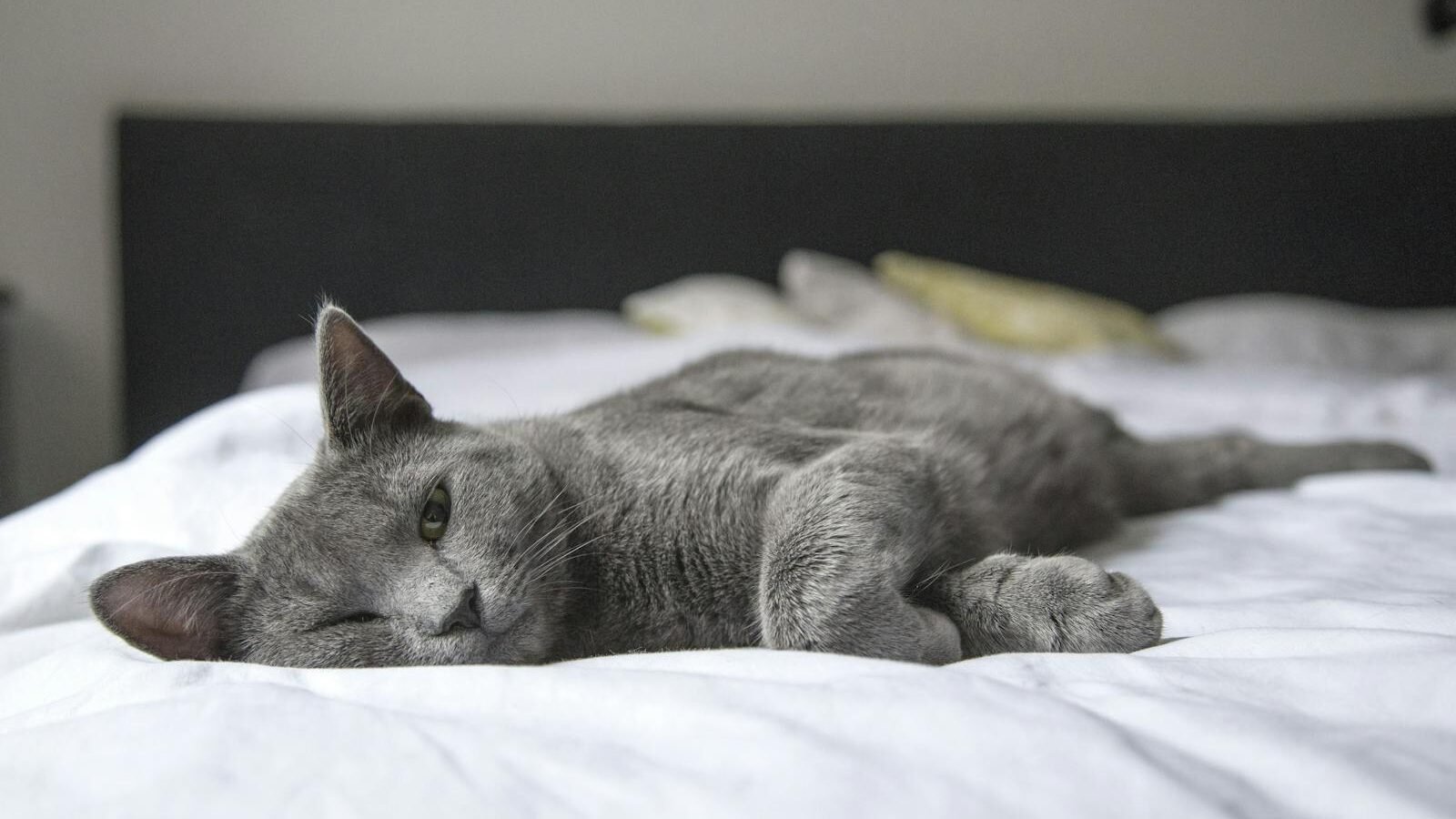
Photo by Pixabay via Pexels
The sleeping habits of domestic cats are closely linked to their wild counterparts. Wildcats and big cats, like lions, have been observed to have similar sleeping patterns. This stems from their need to rest and energize between hunts. Domesticated cats, although removed from the predatory cycle, retain this instinctual behavior. Understanding this evolutionary context helps us better accommodate our feline friends’ nocturnal tendencies and need for restful slumber.
Comfort: A Primal Need for Cats
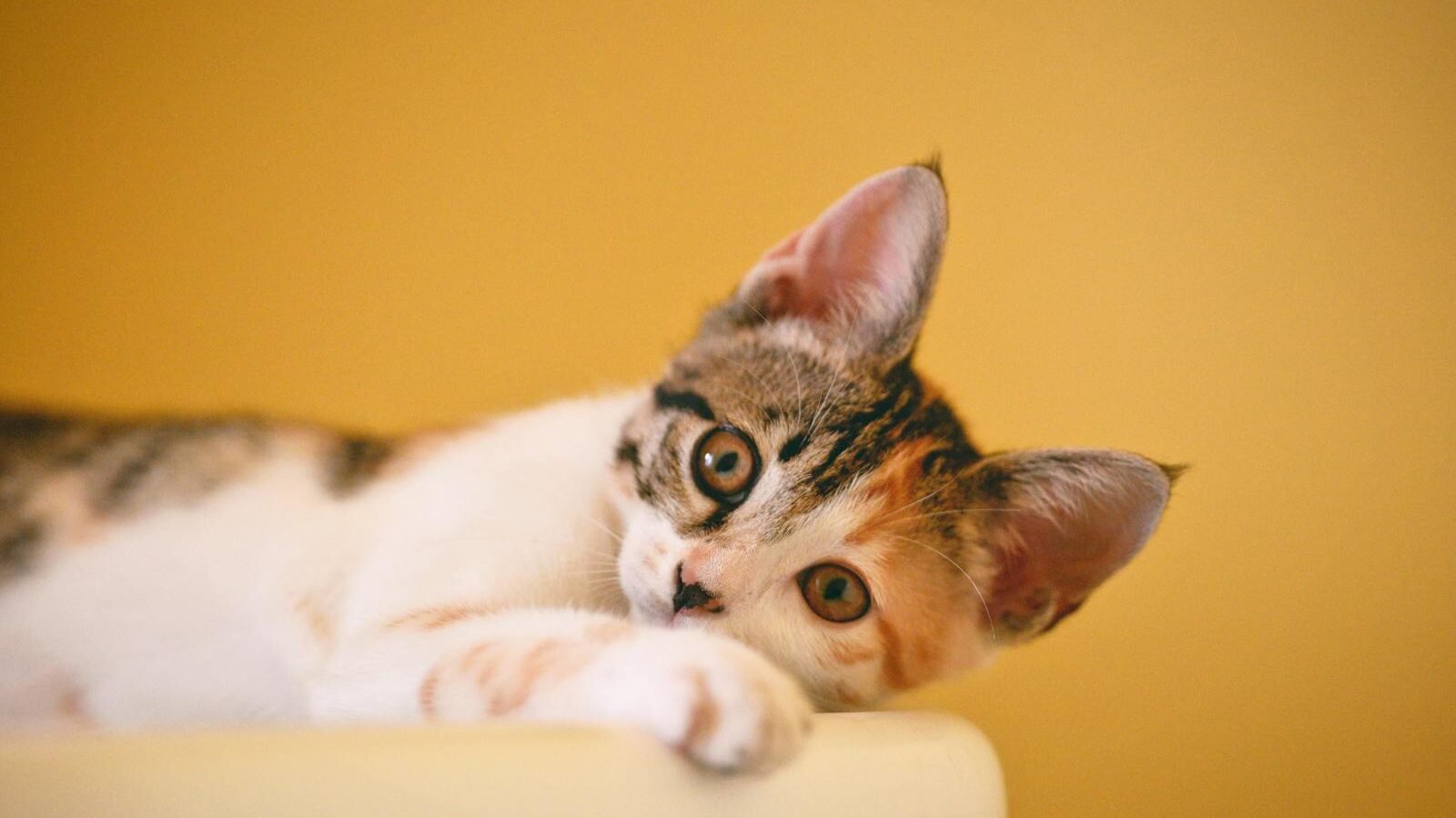
Photo by Cong H via Pexels
Cats prioritize comfort above all else when it comes to choosing a sleeping spot. This often means finding a location that is soft, warm, and snug. Cushioning is critical as it provides relief from pressure points, much like humans. Beds, sofas, and specially designed cat beds are popular as they offer the cushiness and warmth cats naturally seek. Moreover, warmth remains an essential factor because cats prefer environments that are slightly warmer than the ambient temperature, aligning with their body heat regulation.
Safety: The Survival Instincts at Play
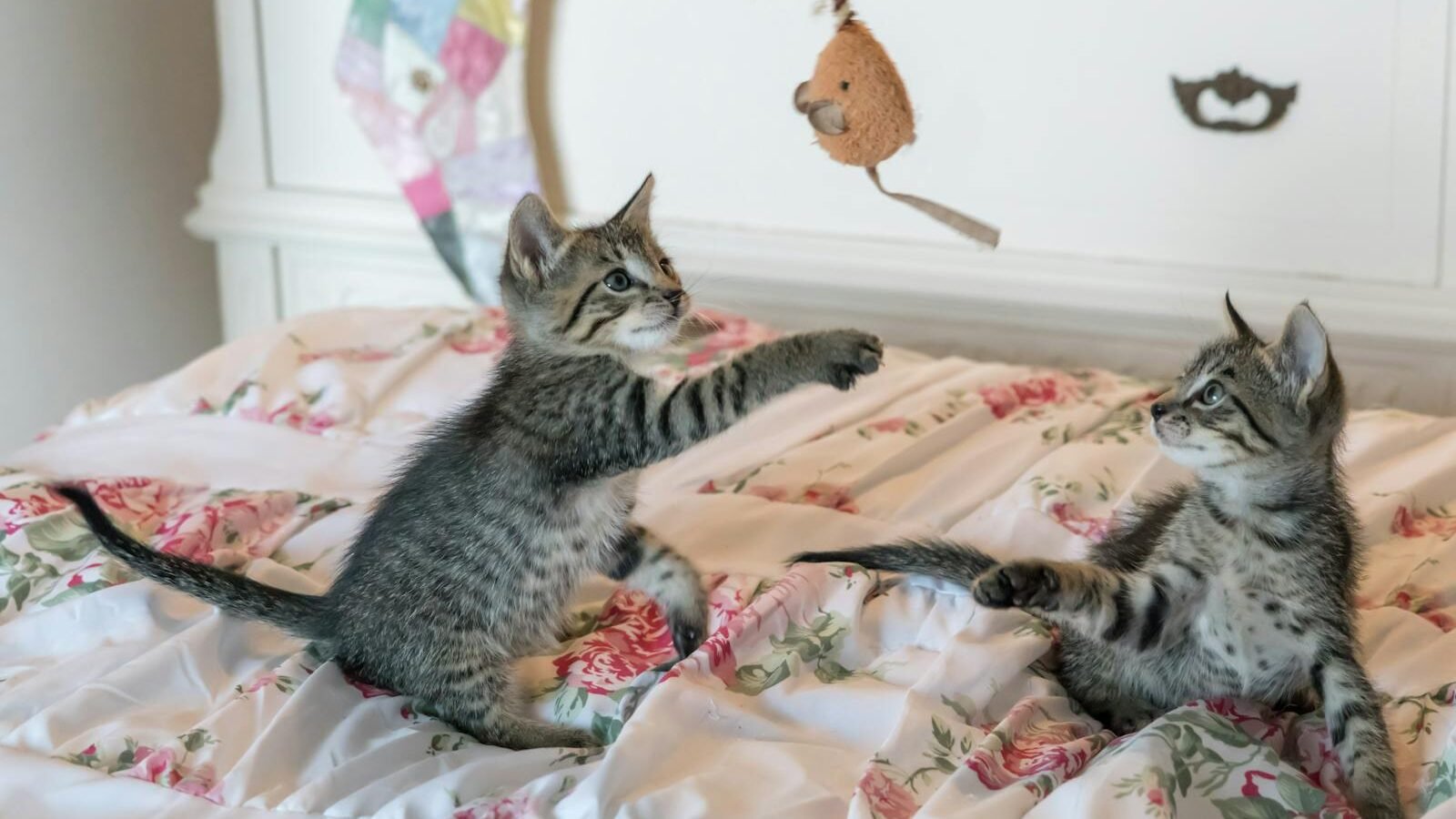
Photo by Pixabay via Pexels
Despite domestic living, cats have retained their heightened sense of safety through shelter and vantage points. Sleeping in confined spaces or elevated areas echoes a survival tactic to avoid predators. You’ll often find your cat nestled in boxes, under furniture, or perched high on shelves or window sills. These spots offer a feeling of security and allow the cat to survey its environment, staying alert to potential threats.
The Role of Routine in Sleep Spot Choices
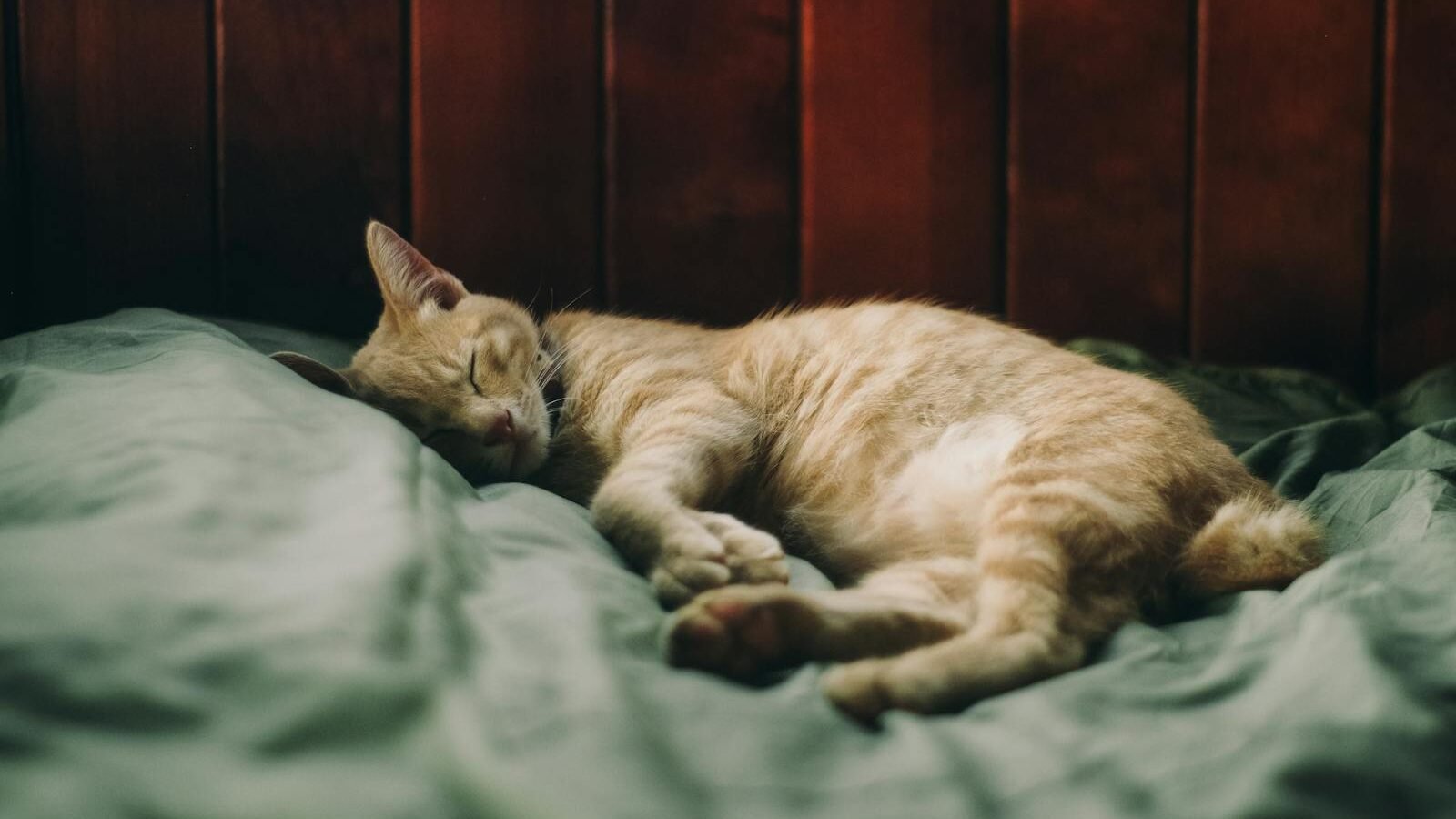
Photo by Dương Nhân via Pexels
Cats are creatures of habit and thrive on routine. Once they find a preferred sleeping spot, they are likely to return to it consistently unless disrupted by changes in the environment. This repetition is comforting to them and relates back to their natural inclination toward routine hunting and resting cycles. Observing your cat’s preferences can help define a consistent schedule that aligns with their sleeping patterns and overall well-being.
Temperature Considerations: Warmth vs. Coolness
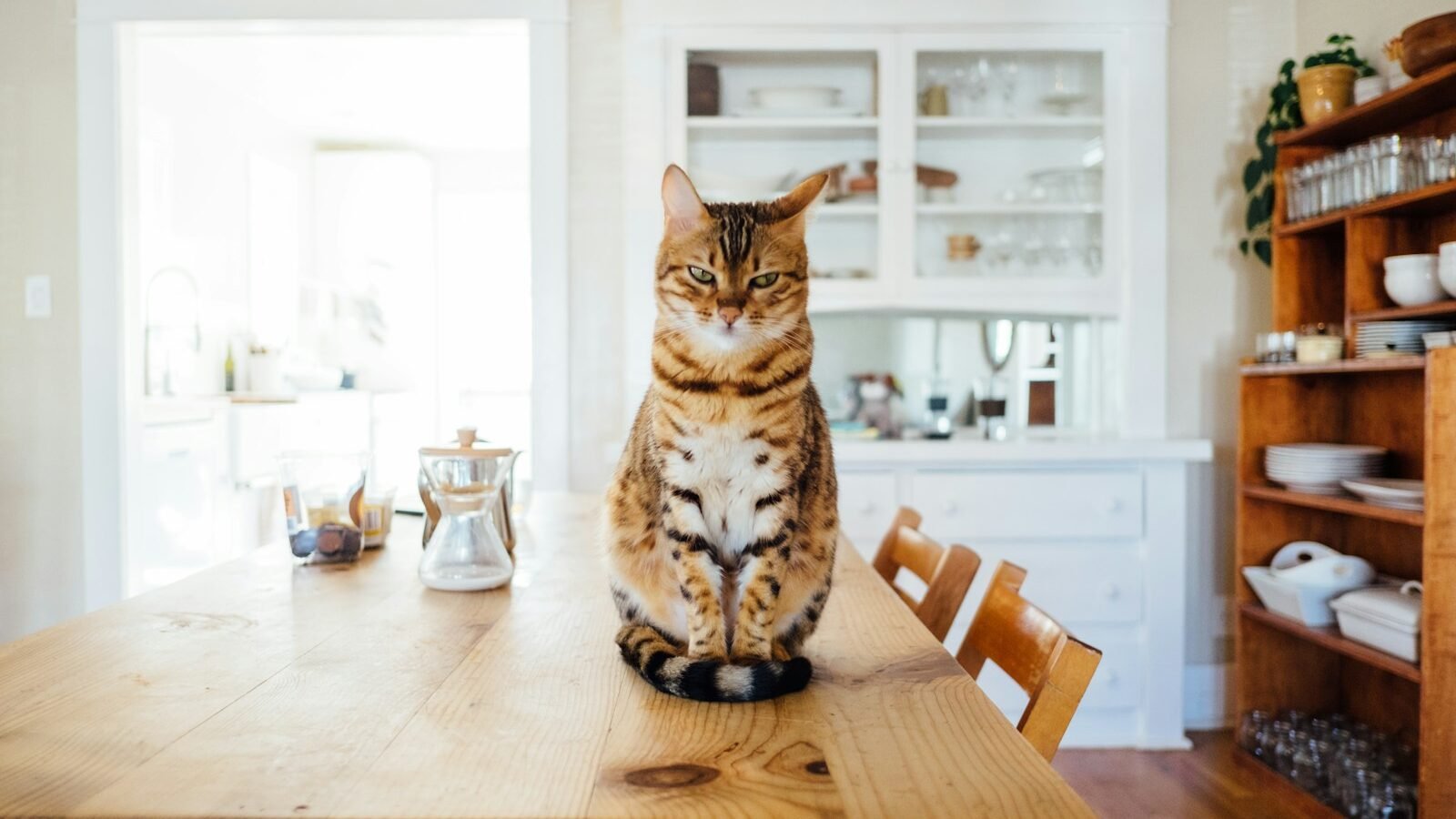
Photo by Paul Hanaoka via Pexels
Temperature plays a significant role in where a cat decides to sleep. They tend to search out warmer areas during colder months and cooler spots to escape the heat during summer. Sunny windowsills, radiator beds, and heated pet mats are frequently selected during winter. Conversely, tiled floors, shaded corners, and breezy spots near open windows can make attractive options when temperatures rise, highlighting the cat’s adaptability to its surroundings.
The Influence of Scent and Familiarity
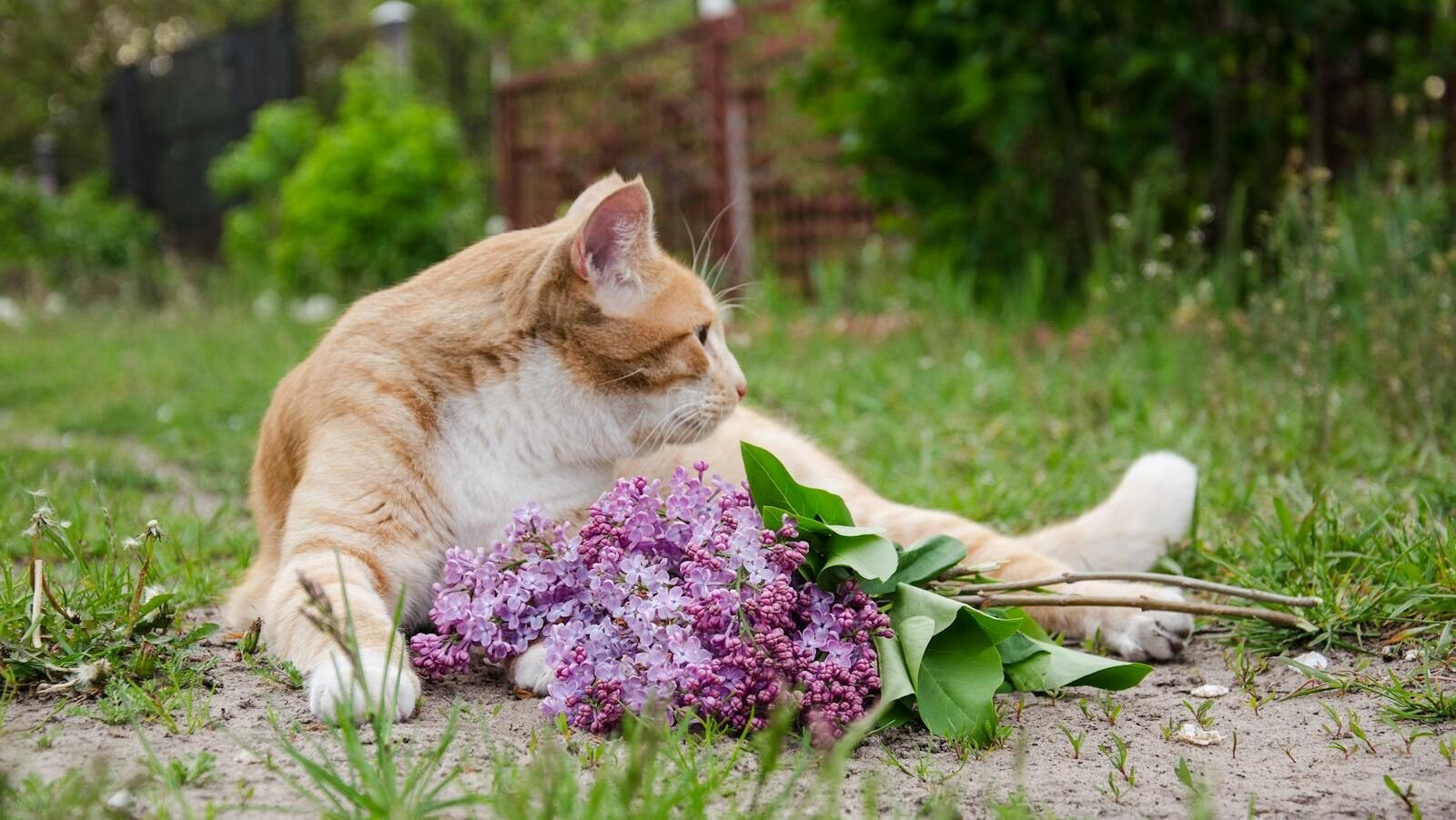
Photo by Галина Ласаева via Pexels
Scent drives much of a cat’s behavior, including where they choose to sleep. Locations imbued with familiar scents, such as their owner’s clothing or their own territory, provide reassurance and comfort. Cats possess scent glands in their cheeks, and by rubbing against various surfaces, they mark their space with a familiar scent, making it an inviting retreat for their catnaps. Understanding this can guide cat owners in creating warm and welcoming rest areas for their pets.
The Attraction of High Perches
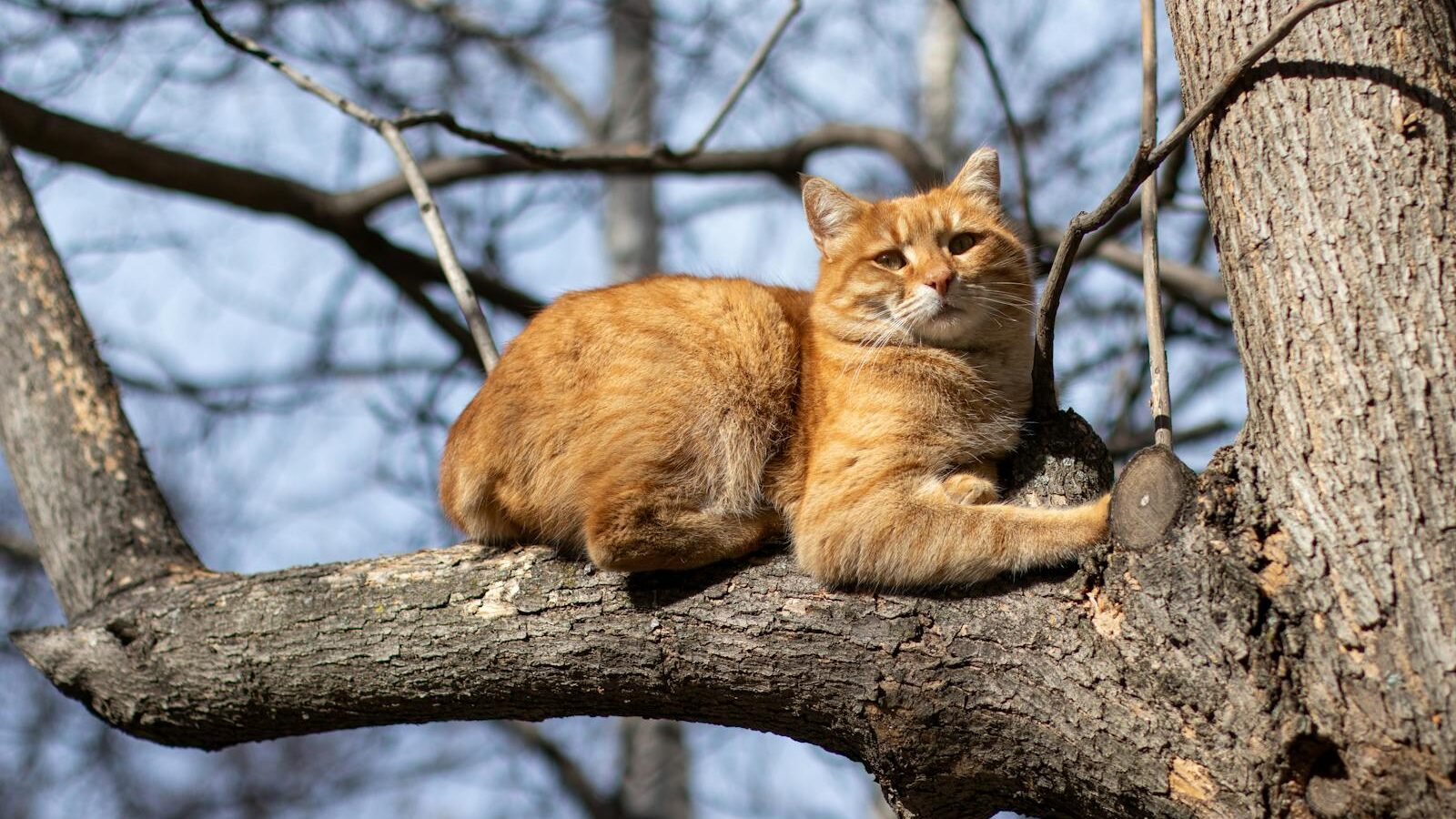
Photo by Bekir Umut Vural via Pexels
High perches are among the most beloved sleeping spots for cats. Elevated areas, such as cat trees, window perches, and tops of tall furniture, appeal to a cat’s instinctual love for climbing and surveying their domain from a height. These spots provide not only safety and perspective but also stimulation, as cats are natural climbers and observers. Providing high perch options can enrich a cat’s environment, stimulate their senses, and satisfy their evolutionary instincts.
The Appeal of Hiding Spots
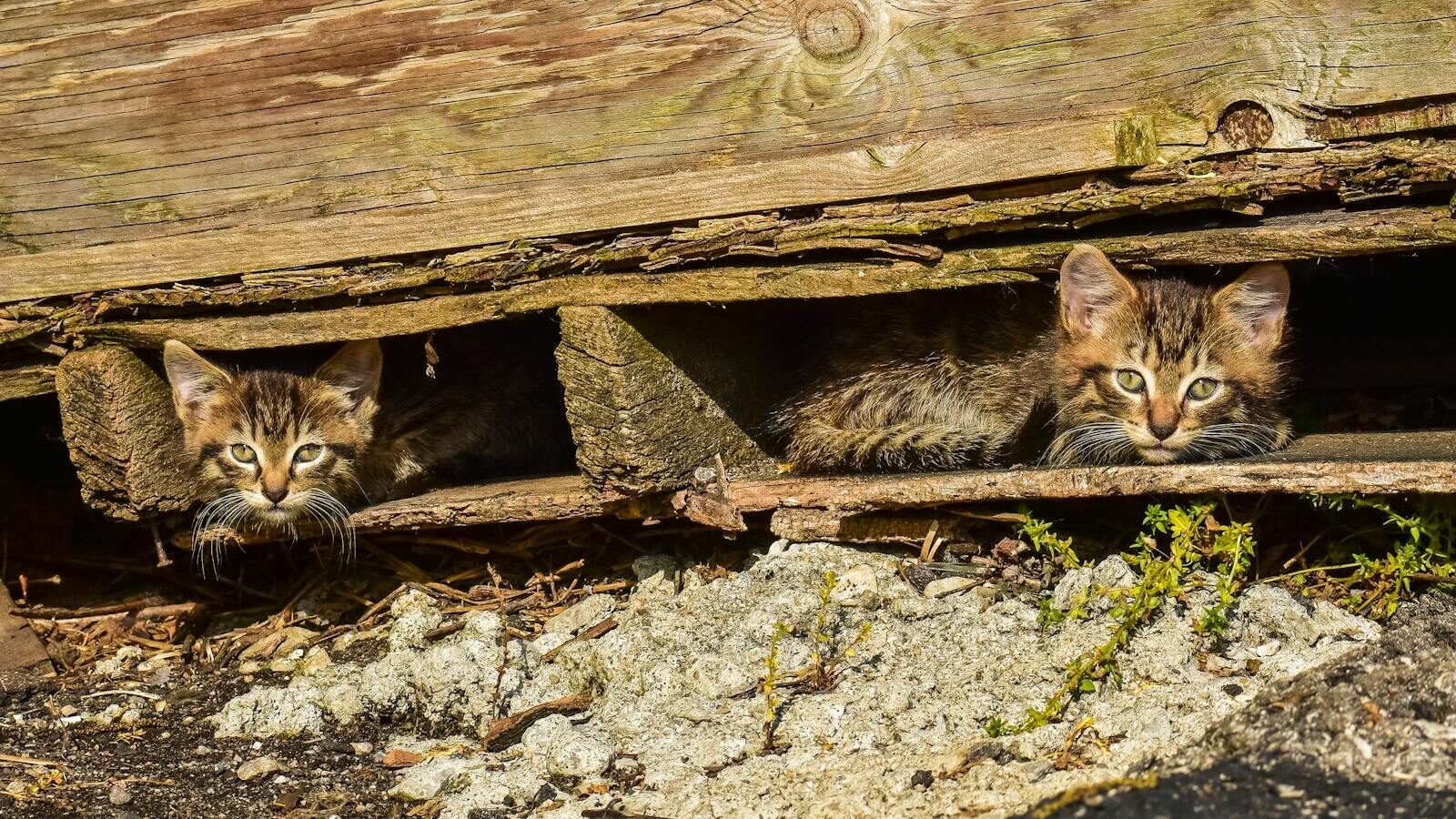
Photo by Chris F via Pexels
Many cats find solace in hiding spots, where they can retreat and unwind in peace. This can include closets, underneath beds, or inside enclosed areas like cat caves and tents. Hiding spots fulfill a basic need for solitude and protection, allowing cats to feel secure and undisturbed. For particularly shy or anxious cats, these secluded areas are crucial for stress reduction and mental health.
Creating the Ideal Sleeping Environment for Your Cat
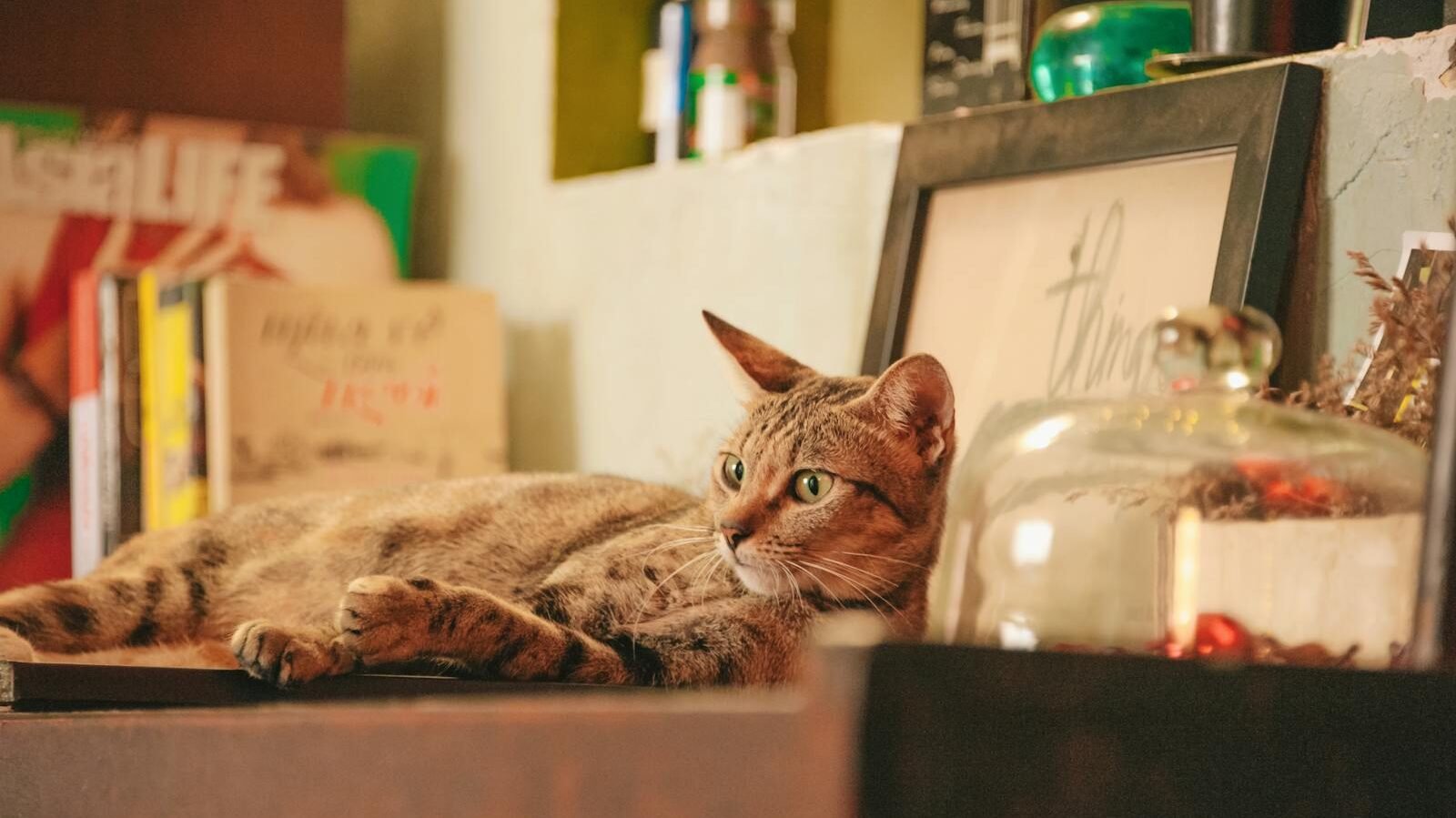
Photo by Min An via Pexels
To cultivate a perfect sleep sanctuary for your cat, consider their natural preferences for comfort, safety, routine, temperature, scent, and privacy. Investing in quality beds, cat trees, and soft blankets enriched with your scent can enhance their sleeping experiences. Being mindful of room temperature and offering a variety of elevated and hidden spaces will provide the flexibility they desire. By paying attention to these details, you ensure your feline friend enjoys quality rest and, consequently, a healthier life.
Conclusion: Embracing the Mystery of Feline Slumber

Photo by Inge Wallumrød via Pexels
Understanding why cats choose certain sleeping spots offers insightful perspectives into their instincts, needs, and behaviors. While they may seem mysterious, learning about their sleeping preferences can enhance the bond between you and your cat, ensuring they feel secure, comforted, and loved in their environments. By embracing their natural tendencies, we can create harmonious spaces where both cats and their human companions thrive.

With over a decade of experience as a dedicated cat lover and enthusiast, I specialize in writing captivating content about all things feline. My expertise shines through in creating engaging and informative pieces that resonate with fellow cat lovers. As a proud cat parent to my beloved Duston, my personal connection to the world of cats adds authenticity and warmth to my work, making it relatable and heartfelt.






